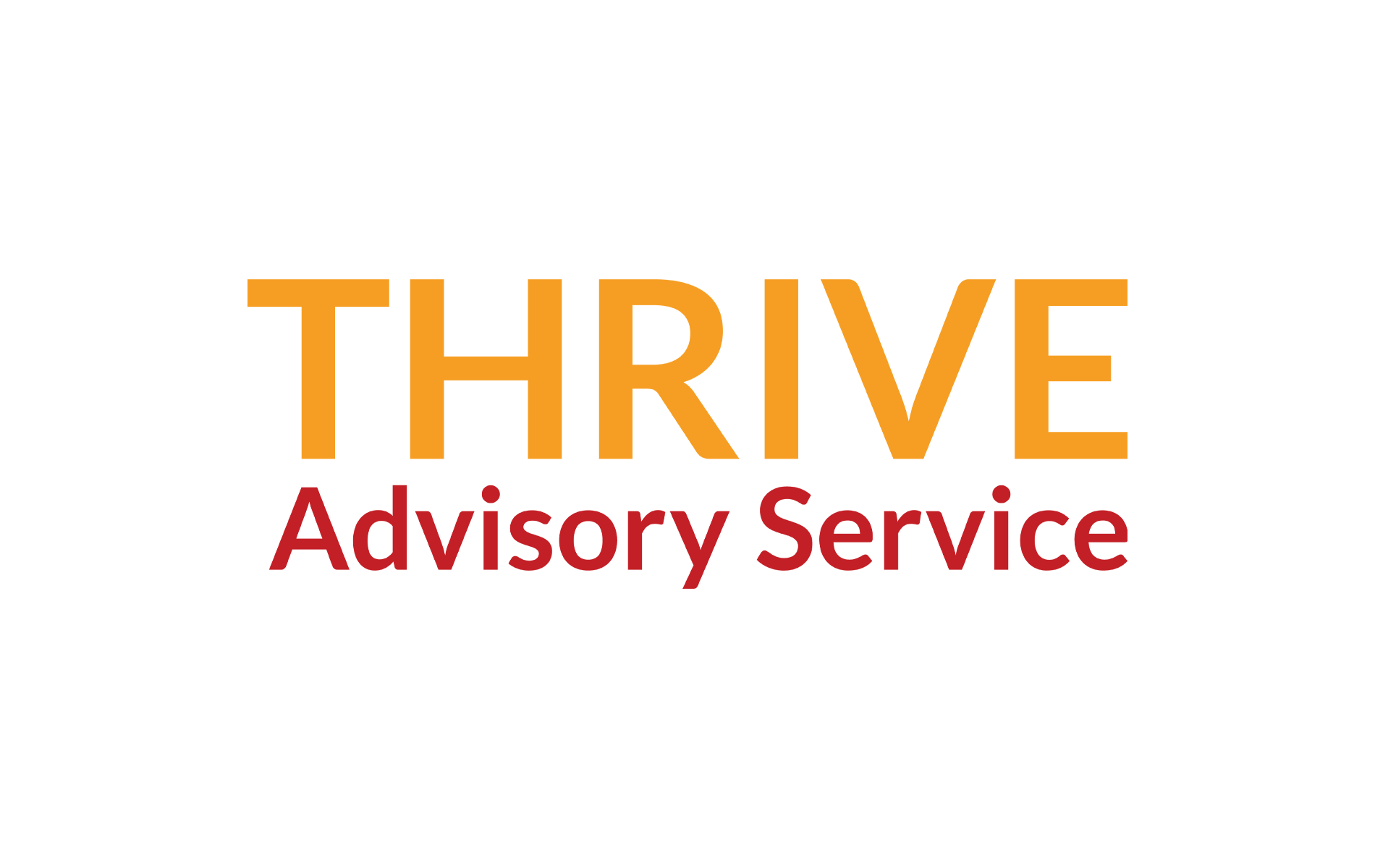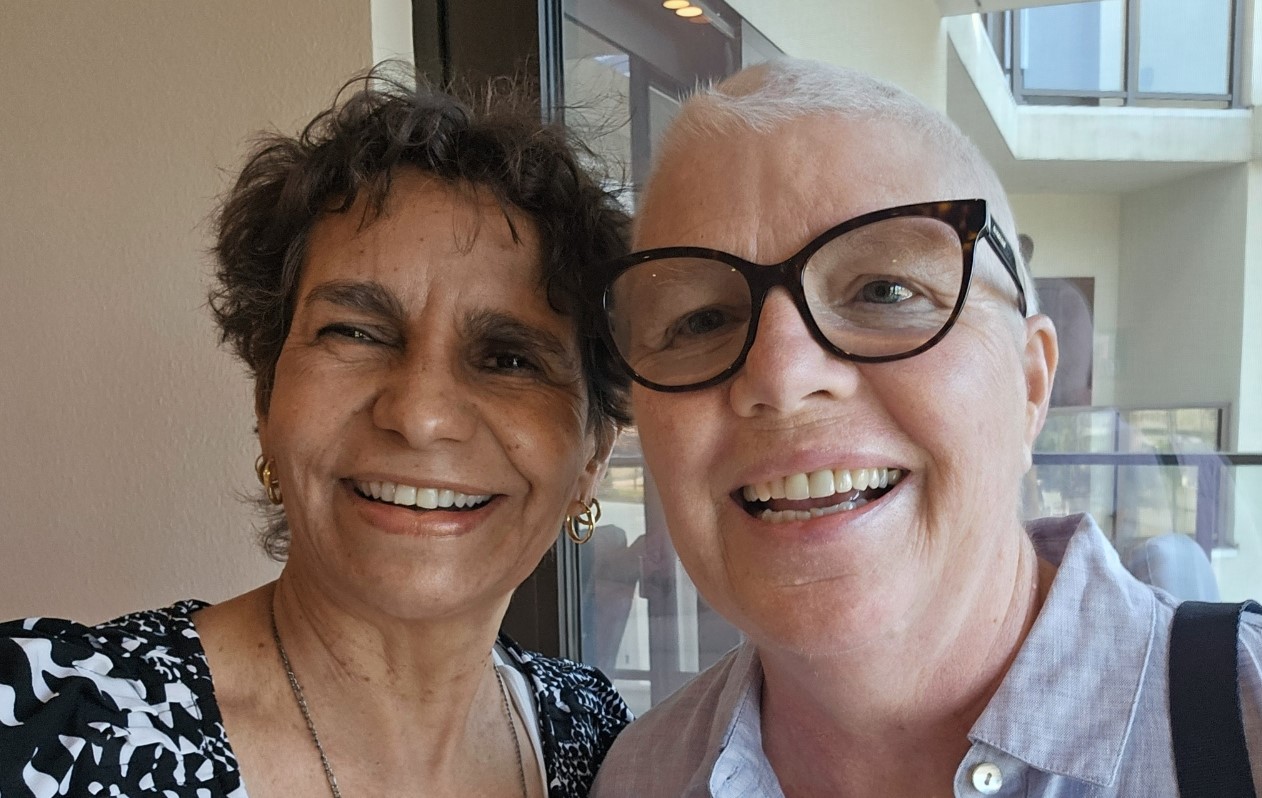Often, well-intended efforts by the philanthropic sector to offer capacity-strengthening resources create too many hurdles for organizations to jump through and too many limitations on what they can do and how they do it, making it hard for organizations to deeply benefit from the support. Not surprisingly, leaders are left wondering if it is worth pursuing, and wishing for funding that they can use more flexibly — or, better yet, that is designed with their input and guidance.
The good news is that more foundations are intent on providing grant funding that aligns with the principles of trust-based philanthropy. How do those principles translate to funder-supported capacity strengthening? We offer here some of the more helpful ways funders can offer support that recognize the realities of today’s leaders and center their wisdom and experience. For contrast, we also name some still-common funder practices that sit firmly on our “don’t do” list.
A 2018 CEP survey of nonprofit CEOs and foundation leaders uncovered a major disconnect between the perceptions of these two groups. It’s key finding was:
- Almost all foundation leaders say that their foundation feels responsible for strengthening grantees; cares about grantees’ overall health; and is aware of grantees’ needs.
- In contrast, the majority of nonprofit CEOs say: their foundation funders do not ask about, care about, or feel responsibility for strengthening their organization.
- Listen to leaders, then believe them and trust that they know what they need.
Those of us in philanthropy who wish to be in true partnership with organizations are best positioned to do this well when we take time to listen to them and assign great weight to what they say. Dismissing or second-guessing the organization’s own assessment of what they are up against and what they need does not engender trust. Nor does imposing restrictions on the shape, structure and pace of their capacity projects.
Too often, capacity grants focus instead on funders’ ideas of what is needed, which tend toward technical fixes that will help nonprofits become more “effective” or “efficient” in the eyes of the funder. This disconnect is exacerbated by the fact that, as a 2018 CEP report noted, organization leaders often “ask for what they think funders want to provide, rather than for what they truly need to strengthen and sustain their organization.”1
DO Trust that leaders and their teams know best what they need.
DO encourage organizations to engage in many approaches to addressing their capacity.
DO ensure that organizations remain in charge of how their capacity projects unfold
DON’T offer support only for tightly prescribed capacity projects.
DON’T Restrict funding solely to use for external traditional consulting expertise.
DON’T Structure support along prescriptive, detailed project budgets and timelines.
- Stay in relationship over time with funding at a scale that allows for real change.
Timely one-time funding has its place for sure, and leaders can benefit from access to a variety of grant supports that help them address both “in time” and “over time” needs. But the most valuable are resources that leaders know they can count on for long enough for them to dig in and acculturate changes, which often require fundamental shifts in policies, practices and culture.
Being in an honest relationship also requires funders to recognize that the challenges that organizations face are not going to be magically solved by any single one or even a number of interventions. Yet funders often expect to see a significant growth in programs or budgets as a result of one or two grants, whereas capacity supports often help organizations do what they are already doing — just in a more sustainable way.
Funders can best help organizations decide on their priorities for long-term capacity funding not by imposing their own preferred needs assessments but by offering free thought partnership from a consultant or coach. When outcomes and goals are mutually agreed upon, and designed with the time and scale needed for change, and when learning opportunities are done in conversation, capacity strengthening can be a powerful opportunity for mutual understanding and learning between a foundation and its organization partner.
DO offer upfront commitment of capacity funding over multiple years.
DO offer free access to a thought partner to help organizations decide on their priorities.
DO agree on shared definitions of success and impact and right-sizing expectations of results.
DON’T restrict funding only to one-time, time-bound projects.
DON’T over-rely on, or require them to use, externally-driven needs assessments.
DON’T expect results that are ill-matched to the level of funding provided.
- Put control over their project and its design firmly in the hands of the grantees.
There’s enough going on in leaders’ organizational lives without needing to work to interpret foundation intentions and expectations and the power dynamics that come with them. This means funders should avoid signaling (subtly or otherwise) that by not accepting the offer of capacity support, the leaders and their team will be penalized down the line or be at risk of losing their other funding.
Funder-designed convenings that organizations are, either explicitly or indirectly, expected to attend are also problematic. While these can be useful, they lose value and become infinitely more complex when they are required, or when the funder stays in the room. They also often tend to be focused on what the funder thinks should be addressed, rather than the priorities of attendees.
Ceding power is a central tenet of trust-based philanthropy. One way it shows up in capacity-strengthening is by not requiring organizations to work with a foundation’s “vetted” list of consultants. Such lists often assume a concentration of knowledge and expertise on the coasts or in national firms, instead of finding, spotlighting and augmenting local and culturally-relevant community resources that already exist.
It may also mean not expecting organizations to work with consultants at all. Sometimes the best advisor could be a peer in a sister organization, or the best person to lead a capacity project could be an internal staff person. These roles are often unfunded and added to already heavy workloads; having them compensated as part of a capacity grant is invaluable. Organizations can also often find great value from retreats, data-gathering field trips, or sabbaticals — none of which may require external consulting.
Yet another way to cede power is to trust organizations about the resources that they will need to make sure that their capacity-strengthening initiatives incorporate attention to language and disability justice. For example, The LeadersTrust and Resilience Initiative have found that when leaders are able to engage in this work in their native language, the value and results have been remarkable.
“Leaders are looking to each other for inspiration and using each other as coaches and strategists. Leaders are being counted on as capacity builders for each other.”
— Practitioner
Finally, organizations should remain in the driver’s seat about what they choose to share about their capacity projects. If they choose to be open with the funders — about an organizational challenge or an upcoming transition, for example — they should be able to be confident that the information will not impact the funder relationship or existing or future funding. Internal change is hard and sometimes messy. We all get to close the bedroom door when guests come over; that’s not obfuscation, that’s privacy.
DO ensure that whatever is offered is experienced by leaders as an invitation with no strings attached
DO offer access to a range of experienced consultants who operate with cultural humility
DO create clear and upfront understandings about firewalls and confidentiality.
DO fund organizations to learn with peers of their choosing, on topics they identify
DON’T require organizations to address capacity issues as a condition of receiving other funding.
DON’T over-rely on a preferred provider list of favored known consulting groups.
DON’T require detailed project reports that entail sharing of sensitive information.
DON’T require grantees to attend funder-designed convenings or trainings.
Evaluations of several capacity initiatives already aligned with these principles bear out the positive outcomes they can produce: organizations have fuller ownership of and engagement in the projects they undertake, and a deeper relationship with the funder who made them possible. When funders’ capacity-strengthening offerings reflect these approaches and values, their value and impact is exponentially greater.
- “Strengthening Grantees: Foundation and Nonprofit Perspectives,” The Center for Effective Philanthropy, 2018 (pg. 25) https://cep.org/wp-content/uploads/2018/10/Strengthening_Grantees_FNL_forwebsite.pdf ↩︎

